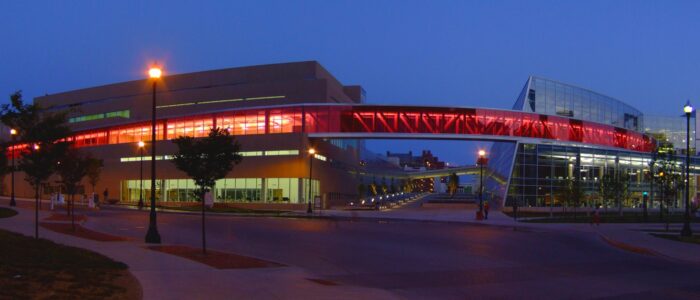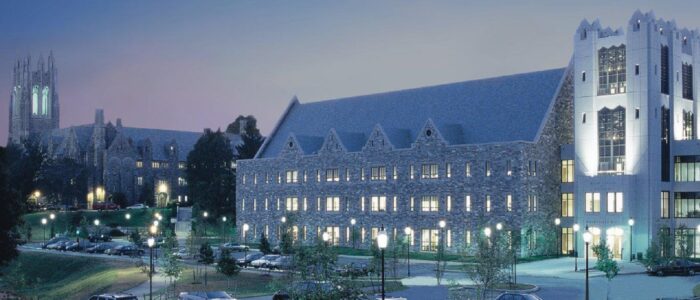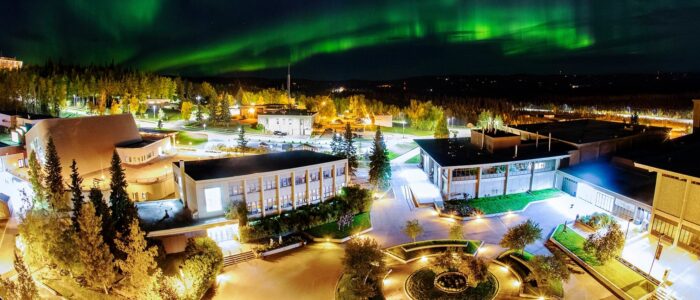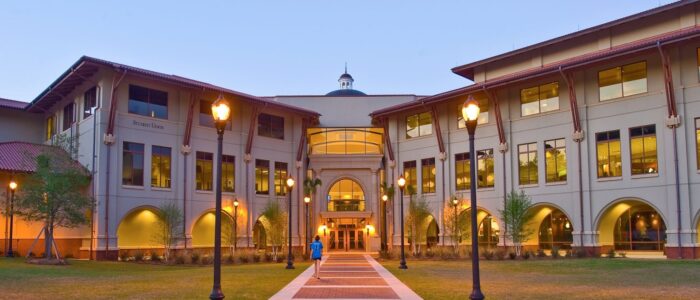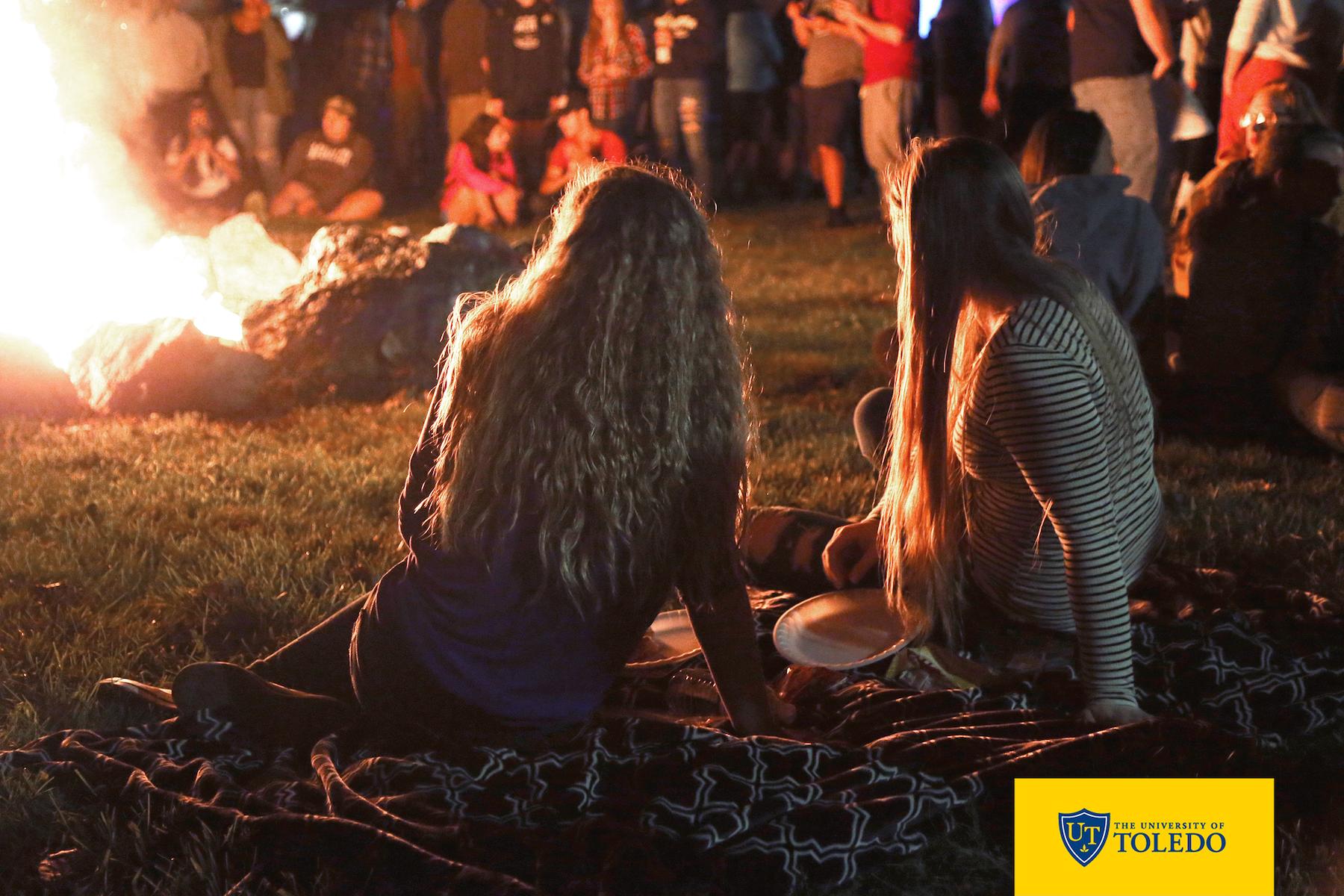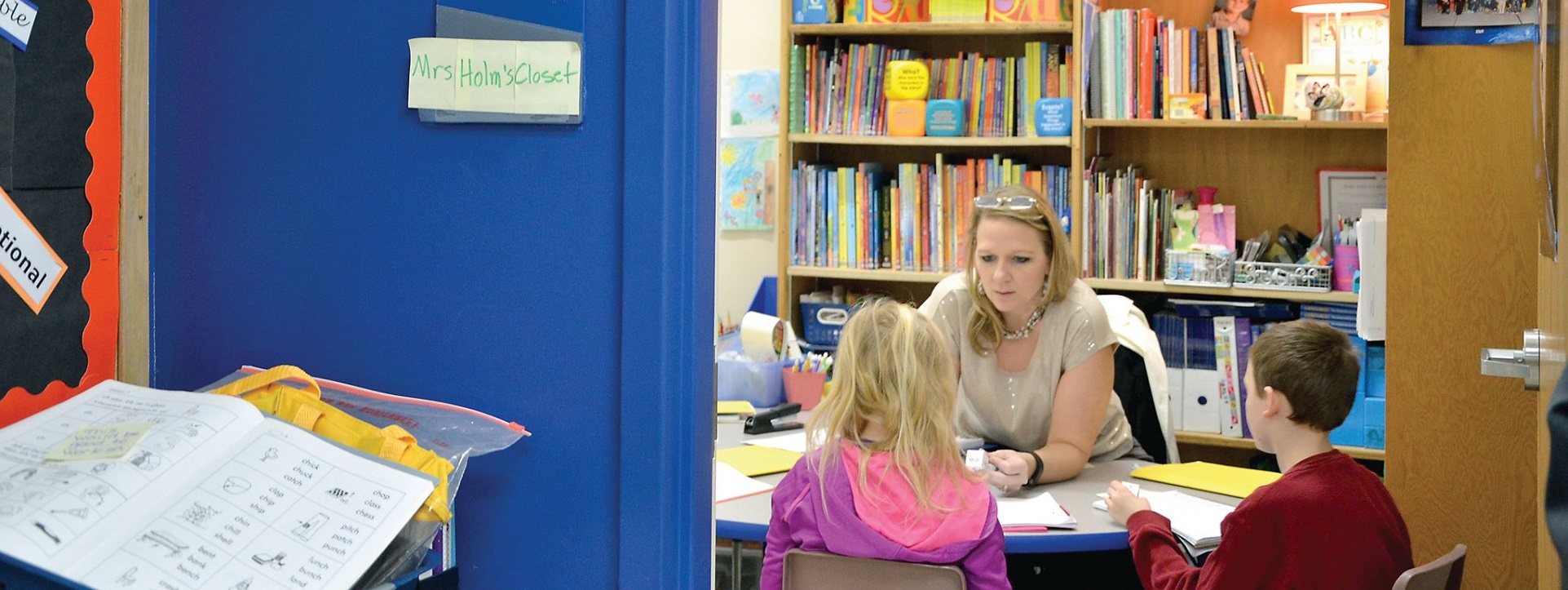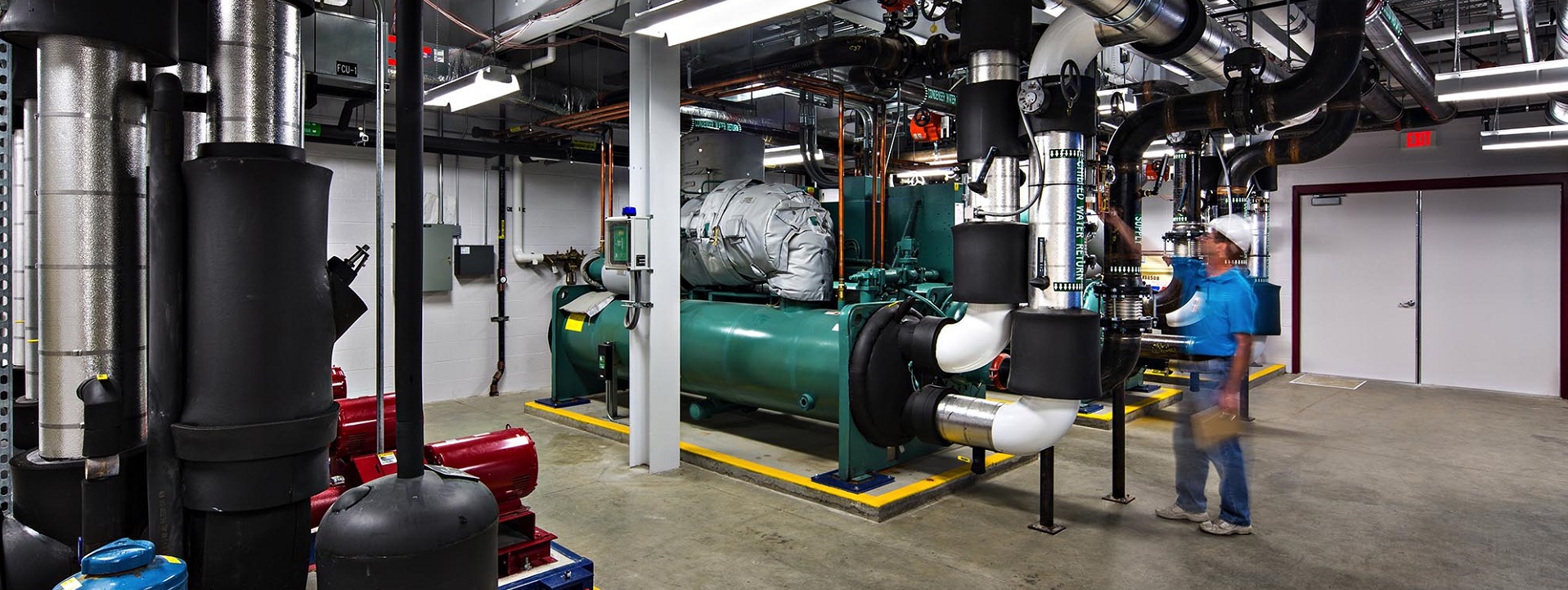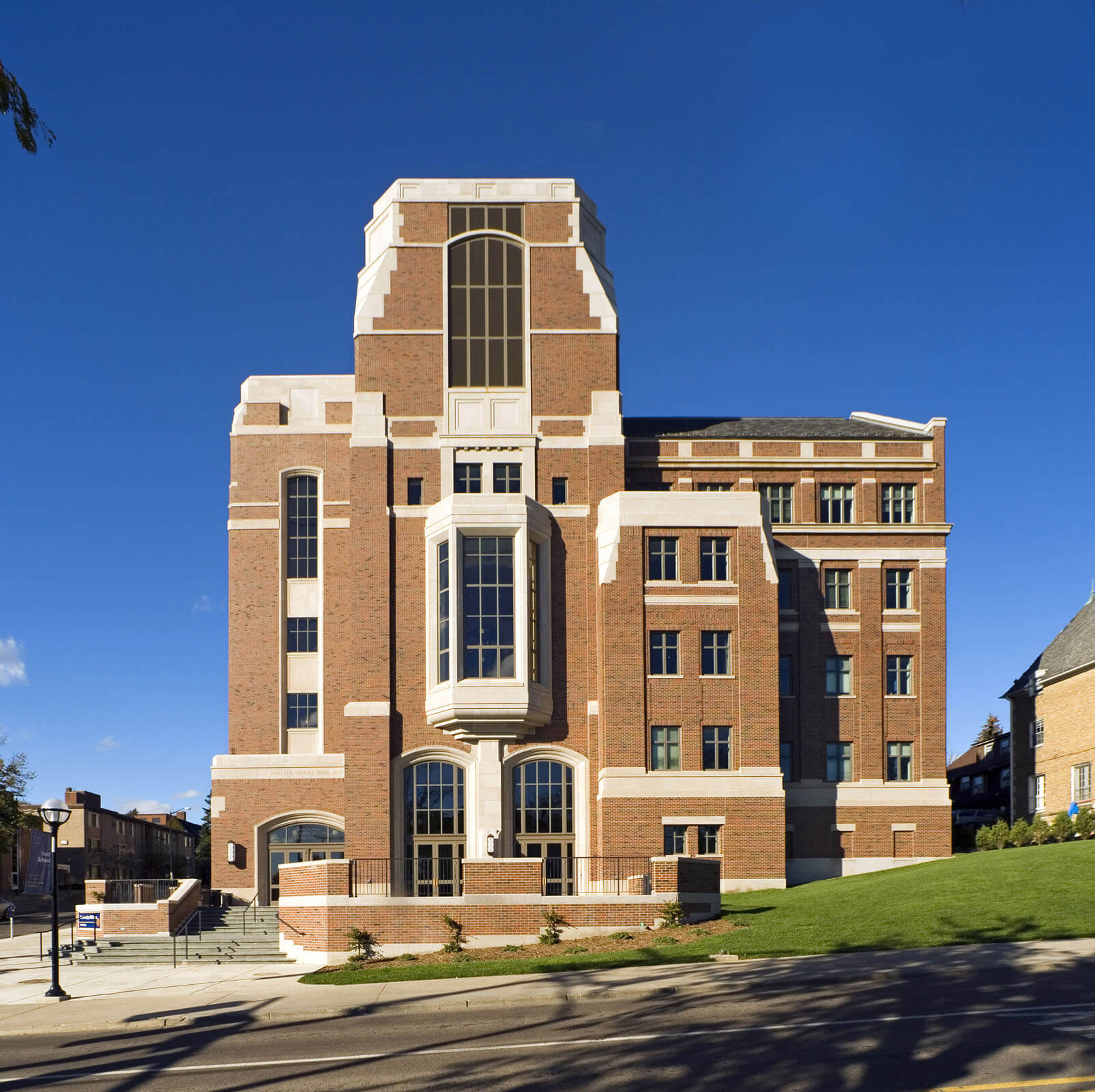Today at the usual hour we explore the literature, standards and codes that inform the design, construction, safety and sustainability of interior ceiling structures.
Educational classroom ceilings are shaped less by bold engineering and more by decades of accumulated institutional experience and unwritten tradition. Acoustics dominate: generations of teachers complained about echo and poor speech intelligibility, so by the 1950s–60s, suspended acoustic tile systems on metal grids became the default.
Case histories—fire tragedies like Our Lady of the Angels (1958) and later the Station nightclub fire—pushed strict flame-spread ratings, reinforcing mineral-fiber tiles and sprayed fireproofing on structure. Height settled around 9–10 ft (2.7–3 m) because pre-1970s HVAC systems needed plenum space above grids, and higher ceilings raised heating costs during the 1973 oil crisis; those budget lessons stuck.
Daylight and glare studies from the 1990s onward encouraged flat, matte white surfaces to diffuse light without hot spots. Modern codes merely codify what thousands of past classrooms already “already worked”: quiet, fire-safe, affordable, and bright enough. Tradition, filtered through decades of trial, error, and budget sign-offs, quietly dictates the design more than any single regulation.
Use the login credentials at the upper right of our home page.
In the United States, where the International Building Code (IBC) or its variants sets the standard, ceiling heights for habitable spaces and corridors—this includes most square footage in educational facilities—can be no lower than 7 feet 6 inches (2.29 m). Basements and non-habitable spaces may be as low as 7 feet 0 inches.
There is no single nationwide building code that directly mandates a specific maximum or minimum height for an auditorium, however. The allowable height of an auditorium (measured as floor-to-ceiling height or story height) is determined by a combination of the adopted model building code and fire code in that jurisdiction, along with the building’s occupancy classification, construction type, sprinkler protection, and sometimes egress/accessible means of egress requirements.








